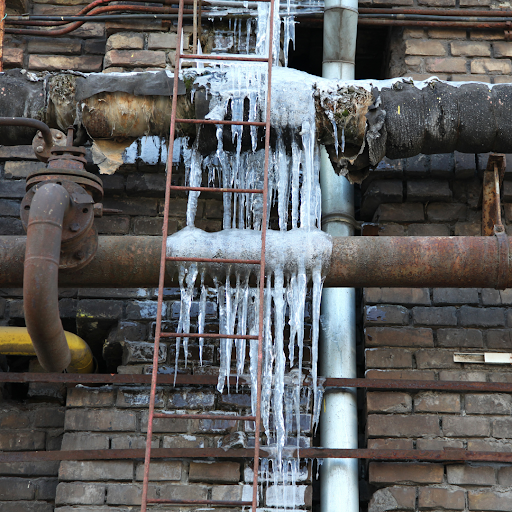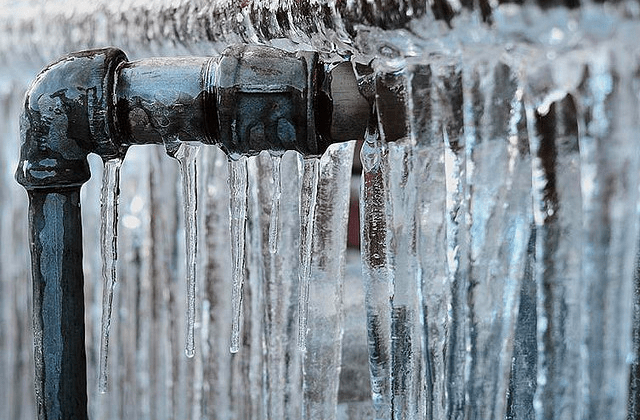On this page on the next paragraphs yow will discover some reliable expertise all about 6 Ways to Prevent Frozen Pipes.

Winter can ruin your plumbing, particularly by freezing pipelines. Below's just how to avoid it from happening and what to do if it does.
Introduction
As temperature levels decline, the threat of frozen pipelines boosts, potentially leading to pricey repairs and water damage. Recognizing how to stop frozen pipelines is essential for home owners in chilly environments.
Comprehending Icy Pipelines
What triggers pipelines to ice up?
Pipes freeze when subjected to temperature levels below 32 ° F (0 ° C) for extended periods. As water inside the pipes freezes, it broadens, taxing the pipeline wall surfaces and possibly creating them to break.
Risks and damages
Icy pipelines can bring about water disturbances, home damage, and expensive repairs. Ruptured pipes can flood homes and create considerable architectural damage.
Signs of Frozen Piping
Determining icy pipes early can prevent them from bursting.
Exactly how to recognize icy pipes
Search for reduced water flow from taps, unusual smells or noises from pipelines, and noticeable frost on exposed pipelines.
Prevention Tips
Protecting vulnerable pipelines
Cover pipes in insulation sleeves or utilize warmth tape to safeguard them from freezing temperatures. Focus on pipelines in unheated or exterior areas of the home.
Home heating strategies
Keep interior areas properly warmed, especially areas with plumbing. Open cupboard doors to enable cozy air to flow around pipelines under sinks.
Shielding Outdoor Plumbing
Garden hoses and outdoor taps
Separate and drain pipes yard pipes before winter. Set up frost-proof faucets or cover outdoor taps with shielded caps.
What to Do If Your Pipes Freeze
Immediate actions to take
If you suspect icy pipelines, keep taps available to alleviate pressure as the ice thaws. Use a hairdryer or towels taken in warm water to thaw pipes gradually.
Long-Term Solutions
Structural changes
Think about rerouting pipelines far from outside wall surfaces or unheated areas. Add additional insulation to attic rooms, cellars, and crawl spaces.
Upgrading insulation
Purchase premium insulation for pipes, attics, and wall surfaces. Correct insulation aids maintain constant temperature levels and lowers the danger of frozen pipelines.
Conclusion
Stopping frozen pipes needs positive procedures and quick responses. By understanding the causes, indicators, and safety nets, home owners can safeguard their plumbing during winter.
6 Proven Ways to Prevent Frozen Pipes and Protect Your Home
Disconnect and Drain Garden Hoses
Before winter arrives, start by disconnecting your garden hoses and draining any remaining water. Close the shut-off valves that supply outdoor hose bibs and leave the outdoor faucet open to allow any residual water to drain. For extra protection, consider using faucet covers throughout the colder months. It’s also important to drain water from any sprinkler supply lines following the manufacturer’s directions.
Insulate Exposed Pipes
Insulating your pipes is an effective way to prevent freezing. Pipe insulation is readily available at home improvement stores and is relatively inexpensive. Pay close attention to pipes in unheated areas such as the attic, basement, crawl spaces, or garage. Apply foam insulation generously to create a buffer against the cold. You can also wrap your pipes in heat tape or thermostat-controlled heat cables for added warmth.
Seal Air Leaks
Inspect your home for any cracks or openings that could let in cold air. Seal any holes around the piping in interior or exterior walls, as well as the sill plates where your home rests on its foundation. Additionally, make sure to keep your garage door closed unless you’re entering or exiting. Leaving it open creates a significant air leak that can lead to frozen pipes.
Allow Warm Air Circulation
During cold snaps, it’s essential to allow warm air to circulate evenly throughout your home. Leave interior doors ajar to promote better airflow. Open kitchen and bathroom cabinets to help distribute heat consistently around the rooms. If you have small children or pets, be sure to remove any household chemicals or potentially harmful cleaners from open cabinets for safety.
Let Faucets Drip
A small trickle of water can make a big difference in preventing ice formation inside your pipes. When temperatures drop significantly, start a drip of water from all faucets served by exposed pipes. This continuous flow helps prevent the water from freezing. Additionally, running a few faucets slightly can relieve pressure inside the pipes, reducing the chances of a rupture if the water inside does freeze.
https://choateshvac.com/6-proven-ways-to-prevent-frozen-pipes-and-protect-your-home/

As a devoted person who reads on How To Avoid Freezing Pipes, I assumed sharing that piece of content was essential. Enjoyed reading our review? Please quickly share it. Help other people discover it. Thanks so much for your time invested reading it.
Call Today